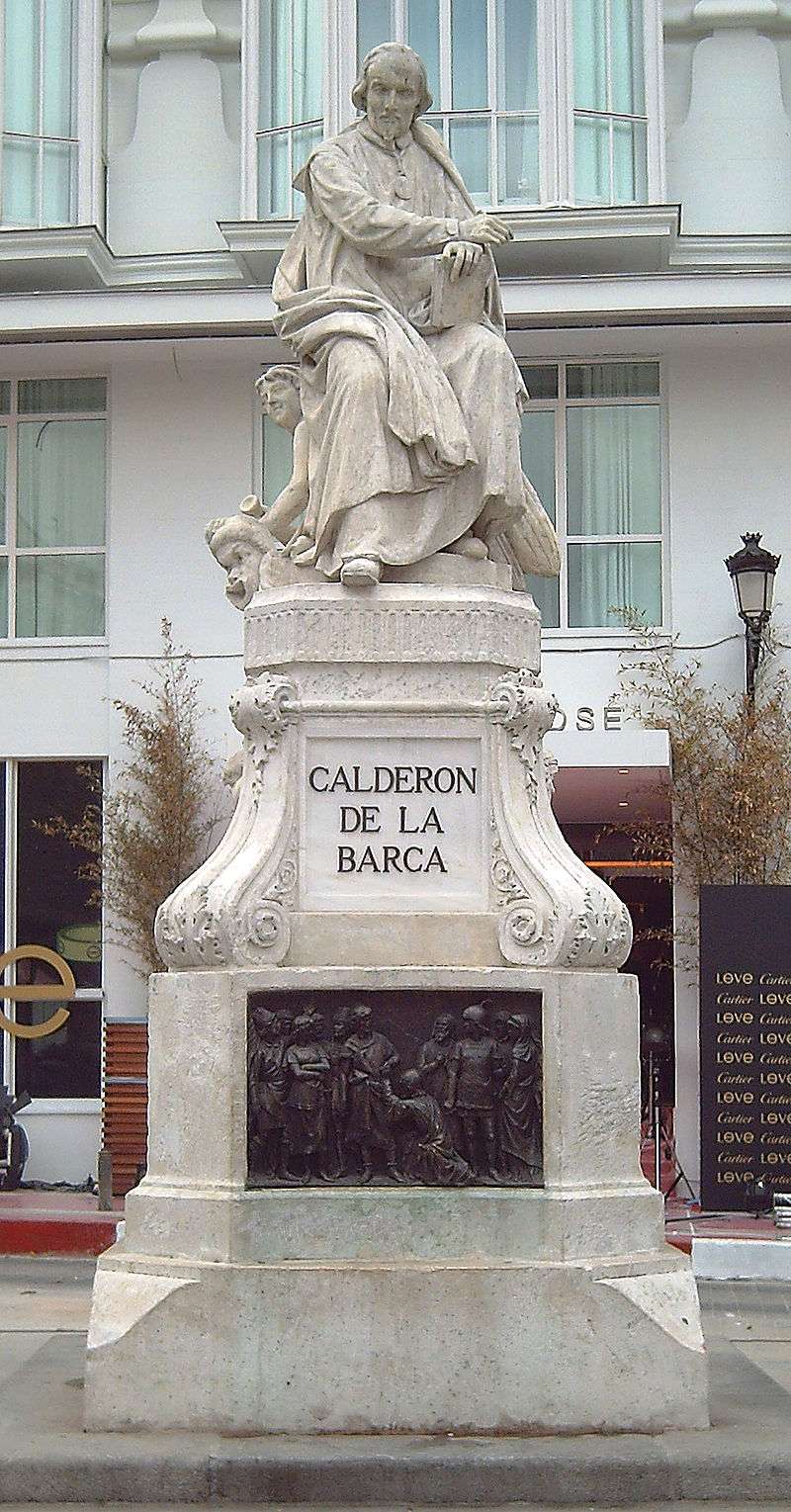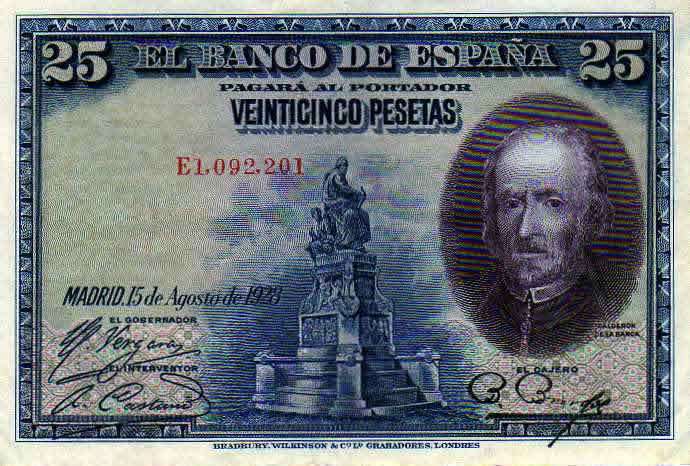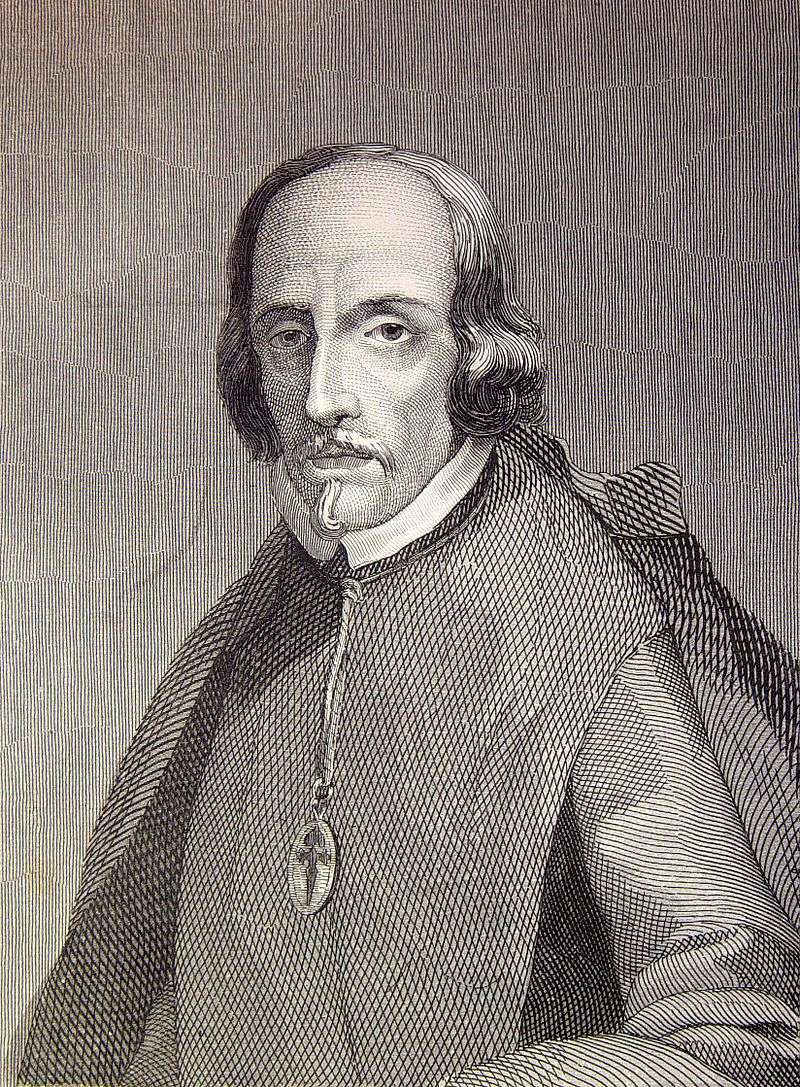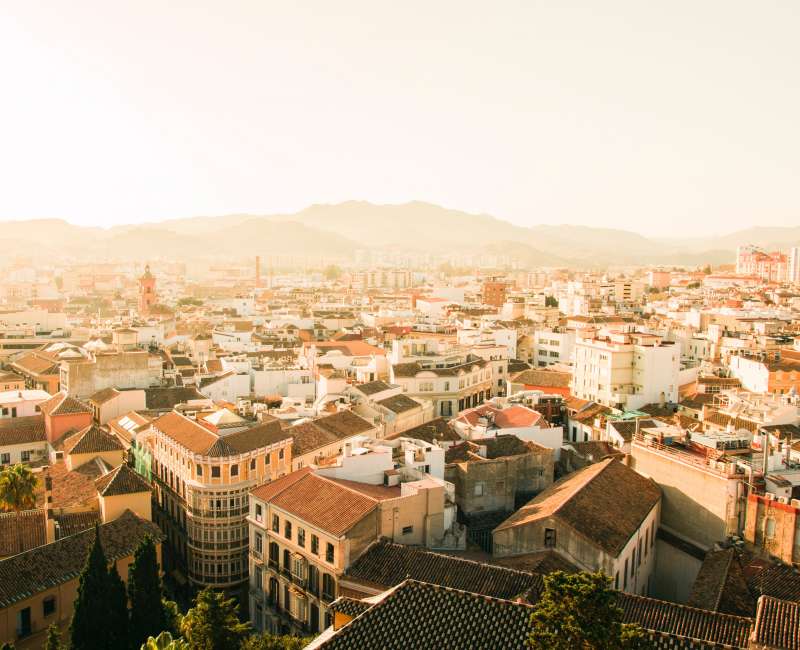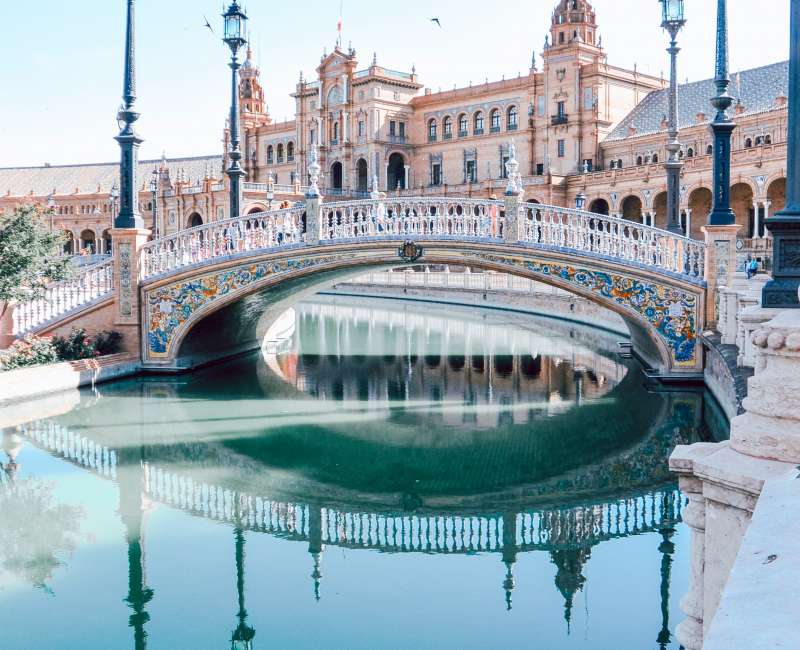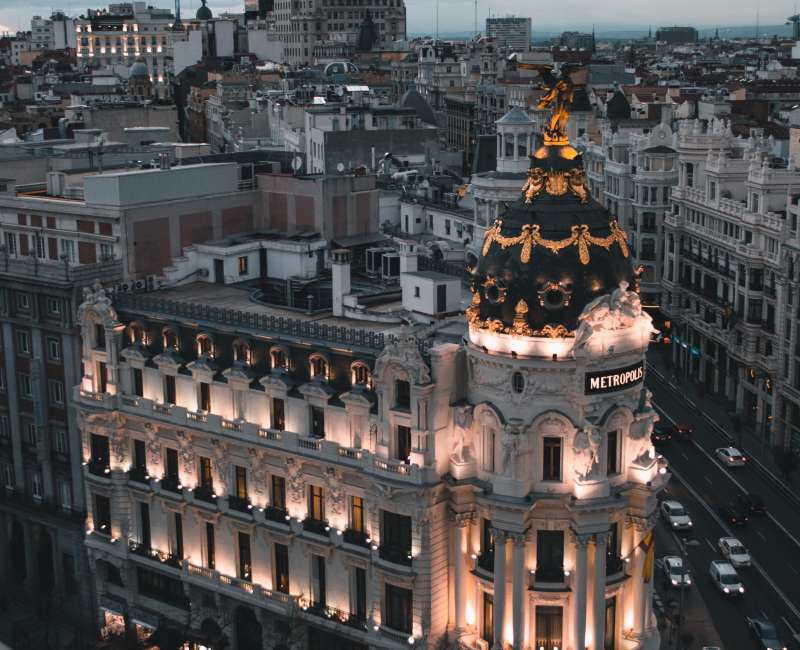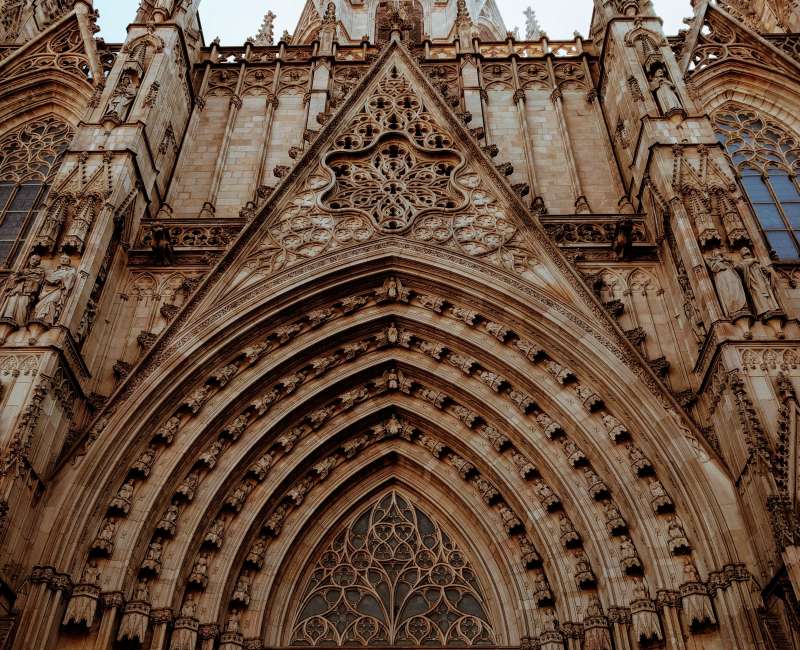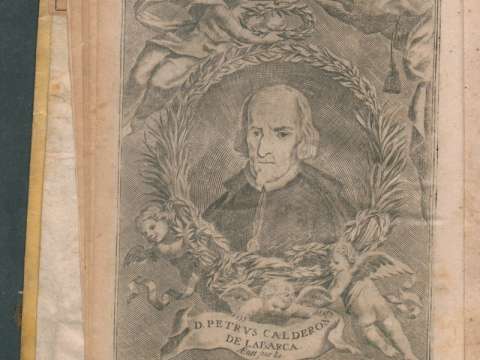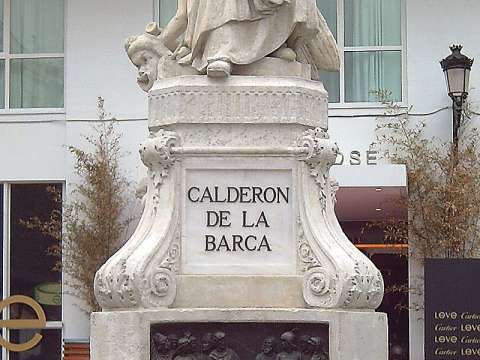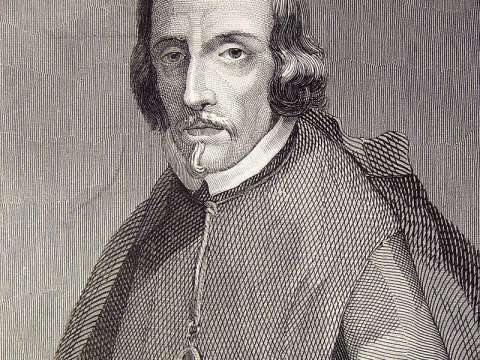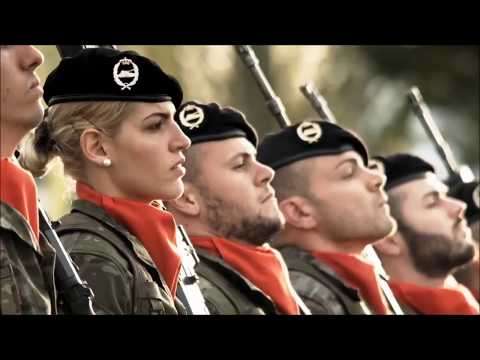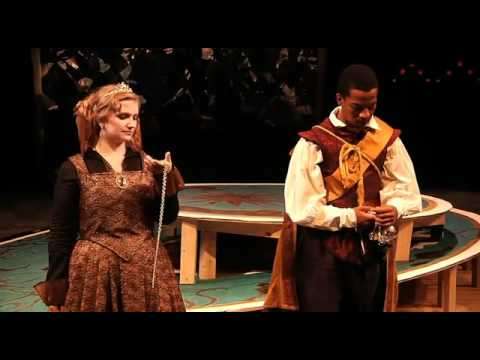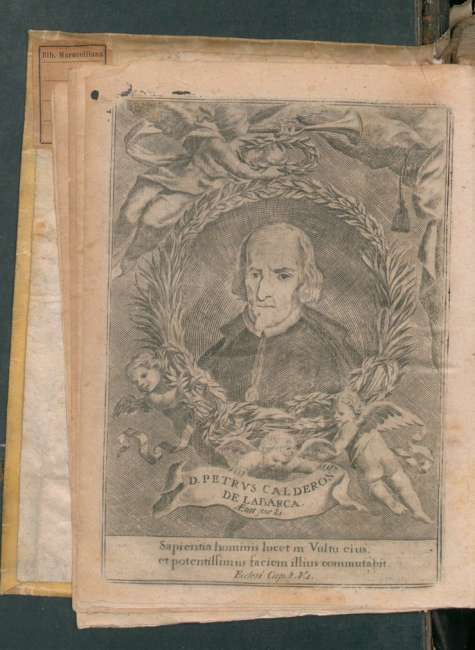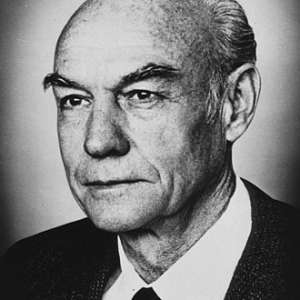

Pedro Calderón de la Barca (1600-1681)
One may know how to gain victory, and know not how to use it.
Don Pedro Calderón de la Barca y Barreda González de Henao Ruiz de Blasco y Riaño, usually referred as Pedro Calderón de la Barca, was a dramatist, poet, writer and a knight of the Order of Santiago, known primarily for being one of the most distinguished Baroque writers of the Spanish Golden Age, especially for its theater. During certain periods of his life he served as soldier and a Roman Catholic priest. Born when the Spanish Golden Age theatre was being defined by Lope de Vega, he developed it further, his work being regarded as the culmination of the Spanish Baroque theatre. As such, he is regarded as one of Spain's foremost dramatists and one of the finest playwrights of world literature.
Biography
Pedro Calderón de la Barca was born in Madrid on Friday, 17 January 1600, and was baptized in the parish of San Martín. His father, Diego Calderón, was a hidalgo of mountain origin Viveda , Cantabria and by paternal inheritance he had assumed the position of secretary of the Council and Chief Accounting Office of the Treasury, serving in it the kings Felipe II and Felipe III, died in 1615. His mother, Ana Gonzalez de Henao née Riaño who was of Italian descent, died in 1610. In 1595 he married Ana María de Henao, belonging to a family also of noble origin. Pedro was the third of the six children that the marriage managed to have three boys and three girls, of whom only four passed from childhood: Diego, the first-born; Dorotea — nun in Toledo—; Pedro and Jusepe or Josénota—; These brothers were always welcome, as Diego Calderón stated in his will 1647:
All three of us have always conserved ourselves in love and friendship, and without dividing up assets... we have helped each other in the needs and jobs we have had.
However, they also had a natural brother, Francisco, who hid under the surname of "González" and was expelled from the father's house by Don Diego, although he left written in 1615 that he be recognized as legitimate unless he had married "with that woman he tried to marry", in which case he would be disinherited. Calderón was educated at the Jesuit College in Madrid, the Colegio Imperial, with a view to taking orders; but instead, he studied law at Salamanca.
Between 1620 and 1622 Calderón won several poetry contests in honor of St Isidore at Madrid. Calderón's debut as a playwright was Amor, honor y poder, performed at the Royal Palace on 29 June 1623. This was followed by two other plays that same year: La selva confusa and Los Macabeos. Over the next two decades, Calderón wrote more than 70 plays, the majority of which were secular dramas written for the commercial theatres.
Calderón served with the Spanish army in Italy and Flanders between 1625 and 1635. By the time Lope de Vega died in 1635, Calderón was recognized as the foremost Spanish dramatist of the age. Calderón had also gained considerable favour in the court, and in 1636–1637 he was made a knight of the Order of Santiago by Philip IV, who had already commissioned from him a series of spectacular plays for the royal theatre in the newly built Buen Retiro palace. On 28 May 1640 he joined a company of mounted cuirassiers recently raised by Gaspar de Guzmán, Count-Duke of Olivares, took part in the Catalan campaign, and distinguished himself by his gallantry at Tarragona. His health failing, Calderón retired from the army in November 1642, and three years later was awarded a special military pension in recognition of his services in the field.

Calderón's biography during the next few years is obscure. His brother, Diego Calderón, died in 1647. A son, Pedro José, was born to Calderón and an unknown woman between 1647 and 1649; the mother died soon after. Calderón committed his son to the care of his nephew, José, son of Diego. Perhaps for reasons relating to these personal trials, Calderón became a tertiary of the order of St Francis in 1650, and then finally joined the priesthood. He was ordained in 1651, and became a priest at San Salvador church, in Madrid. According to a statement he made a year or two later, he decided to give up writing secular dramas for the commercial theatres.
Though he did not adhere strictly to this resolution, he now wrote mostly mythological plays for the palace theatres, and autos sacramentales—one-act allegories illustrating the mystery of the Eucharist—for performance during the feast of Corpus Christi. In 1662, two of Calderón's autos, Las órdenes militares and Mística y real Babilonia, were the subjects of an inquiry by the Inquisition; the former was censured, its manuscript copies confiscated, and remained condemned until 1671.
Calderón was appointed honorary chaplain to Philip IV in 1663, and continued as chaplain to his successor. In his eighty-first year he wrote his last secular play, Hado y Divisa de Leonido y Marfisa, in honor of Charles II's marriage to Maria Luisa of Orléans.
Notwithstanding his position at court and his popularity throughout Spain, near the end of his life Calderón struggled with financial difficulties, but with the motivation of the Carnival of 1680 he wrote his last work of comedy, Hado y divisa de Leonido y de Marfisa. He died May 25, 1681, leaving only partially complete the autos sacramentales that he had been working on for that year. His burial was austere and unembellished, as he desired in his will: "Uncovered, as if I deserved to satisfy in part the public vanities of my poorly spent life". In this manner he left the theatres orphaned in which he was considered one of the best dramatic writers of his time.
Style
Calderón initiated what has been called the second cycle of Spanish Golden Age theatre. Whereas his predecessor, Lope de Vega, pioneered the dramatic forms and genres of Spanish Golden Age theatre, Calderón polished and perfected them. Whereas Lope's strength lay in the spontaneity and naturalness of his work, Calderón's strength lay in his capacity for poetic beauty, dramatic structure and philosophical depth. Calderón was a perfectionist who often revisited and reworked his plays, even long after they were first performed. This perfectionism was not just limited to his own work: several of his plays rework existing plays or scenes by other dramatists, improving their depth, complexity, and unity. Calderón excelled above all others in the genre of the "auto sacramental", in which he showed a seemingly inexhaustible capacity to giving new dramatic forms to a given set of theological and philosophical constructs. Calderón wrote 120 "comedias", 80 "autos sacramentales" and 20 short comedic works called entremeses.

As Goethe notes, Calderón tended to write his plays taking special care of their dramatic structure. He therefore usually reduced the number of scenes in his plays as compared to those of Lope de Vega, so as to avoid any superfluity and present only those scenes essential to the play, also reducing the number of different metres in his plays for the sake of gaining a greater stylistic uniformity. Although his poetry and plays leaned towards culteranismo, he usually reduced the level and obscurity of that style by avoiding metaphors and references away from those that uneducated viewers could understand. However, he had a liking for symbolism, for example making a fall from a horse a metaphor of a fall into disgrace, the fall representing dishonour; the use of horoscopes or prophecies at the start of the play as a way of making false predictions about the following to occur, symbolizing the utter uncertainty of future. In addition, probably influenced by Cervantes, Calderón realized that any play was but fiction, and that the structure of the baroque play was entirely artificial. He therefore sometimes makes use of meta-theatrical techniques such as making his characters read in a jocose manner the clichés the author is using, and they are thus forced to follow. Some of the most common themes of his plays were heavily influenced by his Jesuit education. For example, as a reader of Saint Thomas Aquinas and Francisco Suárez, he liked to confront reason against the passions, intellect against instinct, or understanding against will. In common with many writers from the Spanish Golden Age, his plays usually show his vital pessimism, that is only softened by his rationalism and his faith in God; the anguish and distress usually found his œuvre is better exemplified in one of his most famous plays, La vida es sueño Life Is a Dream, in which Segismundo claims:
What is life? A frenzy.
What is life? An illusion,
A shadow, a fiction,
And the greatest good is small;
For all of life is a dream,
And dreams, are only dreams.
Indeed, his themes tended to be complex and philosophical, and express complicated states of mind in a manner that few playwrights have been able to manage. Like Baltasar Gracián, Calderón favoured only the deepest human feelings and dilemmas.
Since Calderón's plays were usually represented at the court of the King of Spain, he had access to the most modern techniques regarding scenography. He collaborated with Cosme Lotti in developing complex scenographies that were integrated in some of his plays, specially his most religious-themed ones such as the Autos Sacramentales, becoming extremely complex allegories of moral, philosophical and religious concepts.
Reception
Although his fame dwindled during the 18th century, he was rediscovered in the early 19th century by the German Romantics. Translations of August Wilhelm Schlegel reinvigorated interest in the playwright, who, alongside Shakespeare, subsequently became a banner figure for the German Romantic movement. E. T. A. Hoffmann based his 1807 singspiel Liebe und Eifersucht on a play by Calderón, La banda y la flor The Scarf and the Flower, translated by Schlegel. In subsequent decades, Calderón's work was translated into German numerous times, most notably by Johann Diederich Gries and Joseph von Eichendorff, and found significant reception on the German and Austrian stages under the direction of Goethe, and Joseph Schreyvogel. Later significant German adaptations include Hugo von Hofmannsthal's versions of La vida es sueño and El gran teatro del mundo.
Although best known abroad as the author of Doctor Zhivago, Boris Pasternak produced acclaimed Russian translations of Calderón's plays during the late 1950s. According to his mistress, Olga Ivinskaya,
In working on Calderón he received help from Nikolai Mikhailovich Liubumov, a shrewd and enlightened person who understood very well that all the mudslinging and commotion over the novel would be forgotten, but that there would always be a Pasternak. I took finished bits of the translation with me to Moscow, read them to Liubimov at Potapov Street, and then went back to Peredelkino, where I would tactfully ask [Boris Leonidovich] to change passages which, in Liubimov's view departed too far from the original. Very soon after the "scandal" was over, [Boris Leonidovich] received a first payment for the work on Calderón.
Already appropriated as cultural and identitarian Conservative icon in Spain since Marcelino Menéndez Pelayo in the 19th century, the figure of Calderón de la Barca eventually became a Francoist cultural artifact during the 20th century. In 1881, during a controversial meeting at El Retiro for the commemoration of the two hundredth anniversary of Calderón's death, Menéndez Pelayo drank a toast to the celebration of Calderón's Spain and for the supremacy of the Latin race over "germanic barbarity" settling accounts with foreign scholars. Félix Sardà y Salvany also claimed Calderón for integrist Catholicism; integrists considered Calderón de la Barca to embody the most brilliant incarnation of the Spanish religious intolerance. A revival of interest in Calderón scholarship can be attributed to British reception, namely through the works of A. A. Parker who considered La hija del aire to be his finest work, A. E. Sloman and more recently Bruce Wardropper.
English
Although not well known to the current English-speaking world, Calderón's plays were first adapted into English during the 17th century. For instance, Samuel Pepys recorded attending to some plays during 1667 which were free translations of some of Calderón's. Percy Bysshe Shelley translated a substantial portion of El Mágico prodigioso. Some of Calderón's works have been translated into English, notably by Denis Florence MacCarthy, Edward FitzGerald, Roy Campbell, Edwin Honig, Kenneth Muir & Ann L. Mackenzie, Adrian Mitchell, and Gwynne Edwards.
Works
Plays
- Amor, honor y poder Love, Honor and Power 1623
- El sitio de Breda The Siege of Breda 1625
- La dama duende The Phantom Lady 1629
- Casa con dos puertas The House with Two Doors 1629
- La vida es sueño Life is a Dream 1629–1635
- El mayor encanto, amor Love, the Greatest Enchantment 1635
- Los tres mayores prodigios The Three Greatest Wonders 1636
- La devoción de la Cruz Devotion to the Cross 1637
- El mágico prodigioso The Mighty Magician 1637
- A secreto agravio, secreta venganza Secret Vengeance for Secret Insult 1637
- El médico de su honra The Surgeon of his Honor 1637
- El pintor de su deshonra The Painter of His Dishonor 1640s
- El alcalde de Zalamea The Mayor of Zalamea 1651
- La hija del aire The Daughter of the Air 1653
- Eco y Narciso Eco and Narcissus 1661
- La estatua de Prometeo Prometheus' Statue
- El prodigio de Alemania The Prodigy of Germany in collaboration with Antonio Coello
Operas
- Celos aun del aire matan 1660
Autos Sacramentales Sacramental plays
- La cena del rey Baltazar The Banquet of King Balthazar
- El gran teatro del mundo The Great Theater of the World
- El gran mercado del mundo The World is a Fair
Comedies
For a time the comedic works of Calderón were underestimated, but have since been reevaluated and have been considered as masterfully composed works as being classified in the genre of comedias de enredo, such as his works La dama duende The Phantom Lady, Casa con dos puertas, mala es de guardar A house with two doors is difficult to guard, or El galán fantasma The Heroic Phantom.
In modern literature
Calderón de la Barca appears in the 1998 novel The Sun over Breda, by Arturo Pérez-Reverte, which takes up the assumption that he served in the Spanish Army at Flanders and depicts him during the sack of Oudkerk by Spanish troops, helping the local librarian save books from the library in the burning town hall. Latin American author Giannina Braschi based her dramatic novel United States of Banana 2011 on Calderón de la Barca's La vida es sueño Life Is a Dream, recasting the tragic hero Segismundo in 21st-century New York City, where his father, the King of the United States of Banana, locks him in the dungeon of the Statue of Liberty for the crime of having been born.
More facts
The Night of Love (1927)
The Ghost Lady (1945)
El príncipe encadenado (1960)


